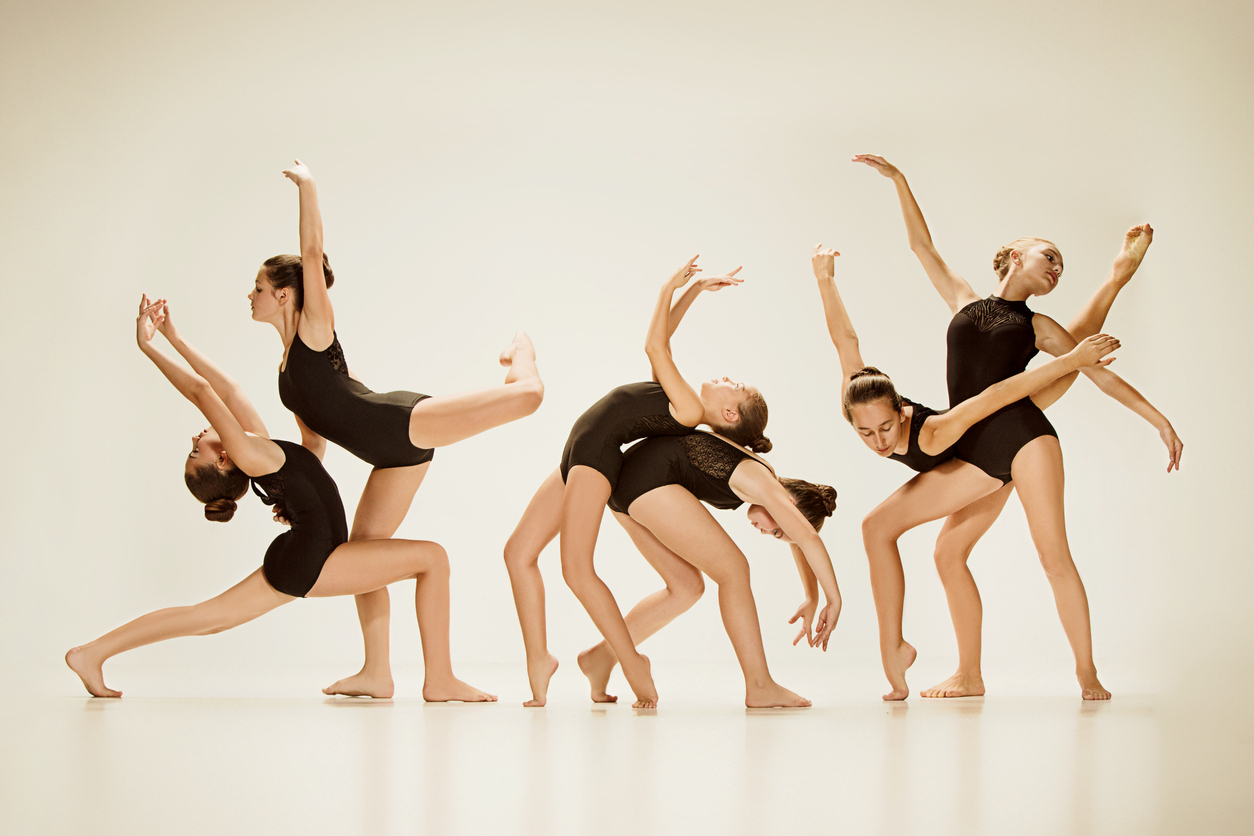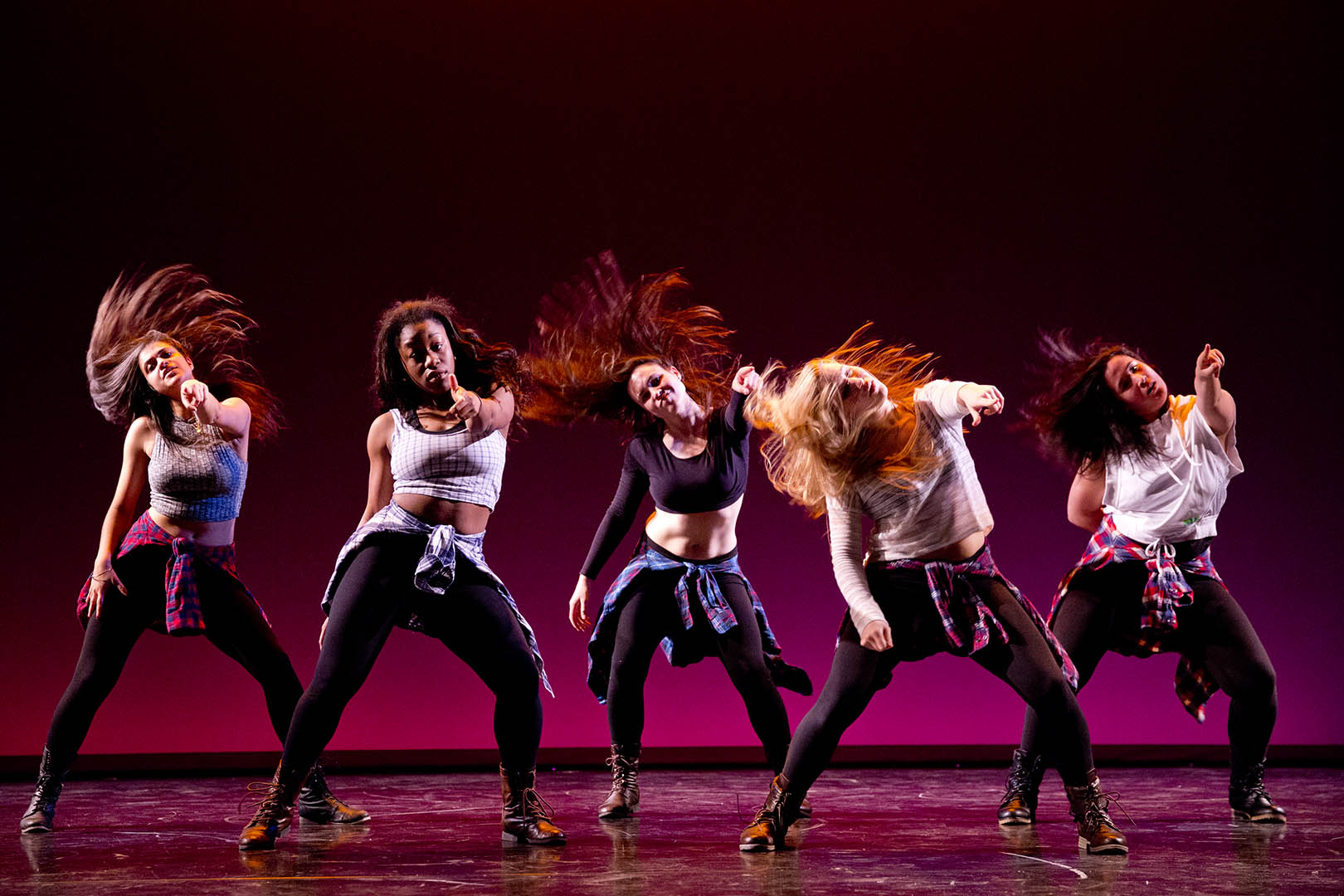Dance has been an integral part of human expression for centuries, transcending cultures and generations. It is not just a form of art; it is a universal language that communicates emotions, stories, and traditions. The physical movement of dance allows individuals to connect with themselves and others, fostering a sense of community and belonging. From traditional folk dances that celebrate heritage to contemporary forms that challenge societal norms, dance encompasses a diverse array of styles and meanings. Each step, beat, and sway reflects the unique history and culture of the people it represents.
As we delve deeper into the world of dance, we uncover its transformative power. It can be a source of healing, a means of self-expression, and a way to celebrate life’s milestones. Dance is a celebration of movement that invites everyone to participate, regardless of age or background. Whether performed in a grand theater or on a small stage in a local community, dance has the ability to inspire and unite individuals from all walks of life.
In this article, we will explore various aspects of dance, including its history, different styles, and its impact on society. We will also answer some common questions that people have about dance and highlight influential figures in the dance industry. Prepare to embark on a journey through the mesmerizing world of dance!
Read also:The Power And Transformation Of Ssj4 Vegita A Comprehensive Guide
What is the History of Dance?
The history of dance dates back to ancient times, with evidence of dance rituals found in archaeological sites around the world. In many ancient cultures, dance was intertwined with religious ceremonies and celebrations, serving as a means to connect with the divine. Over time, dance evolved into various forms, influenced by cultural shifts, social changes, and artistic movements.
How Has Dance Evolved Through the Ages?
Throughout history, dance has adapted to the changing landscape of society. The Renaissance period saw the emergence of ballet, a highly technical and structured form of dance that became popular among the aristocracy. In contrast, the 20th century brought about a wave of new styles, including jazz, hip-hop, and contemporary dance, each reflecting the spirit of the times.
Today, dance continues to evolve, with artists experimenting with new techniques and fusions of styles. The rise of social media platforms has also played a significant role in the democratization of dance, allowing individuals to share their creativity and passion with a global audience.
What Are the Different Styles of Dance?
Dance encompasses a wide range of styles, each with its own unique characteristics and techniques. Some popular dance styles include:
- Ballet: A classical form of dance characterized by its grace and precision.
- Jazz: A lively and energetic dance style that combines elements of ballet and African-American dance.
- Hip-Hop: A street dance style that originated from urban culture, known for its expressive and improvisational nature.
- Contemporary: A genre that blends various dance forms, often focusing on storytelling and emotional expression.
- Folk Dance: Traditional dances that reflect the culture and heritage of a particular community.
Why is Dance Important for Personal Development?
Dance is not only a form of artistic expression, but it also plays a crucial role in personal development. Engaging in dance can enhance physical fitness, improve coordination, and boost mental well-being. It encourages individuals to step out of their comfort zones, fostering confidence and self-esteem.
How Does Dance Foster Community and Connection?
Participating in dance often involves collaboration and teamwork, whether in a dance class, performance, or social gathering. This sense of community strengthens bonds between individuals and creates shared experiences. Dance can be a powerful tool for breaking down barriers, fostering inclusivity, and promoting cultural exchange.
Read also:Understanding The Iowa 529 Plan A Comprehensive Guide To Taxfree Education Savings
What Are the Emotional Benefits of Dance?
Dancing has profound emotional benefits, including:
- Stress Relief: Movement releases endorphins, reducing stress and anxiety.
- Emotional Expression: Dance provides an outlet for expressing feelings and emotions.
- Social Connection: Engaging in dance fosters social interactions and builds relationships.
- Boosted Confidence: Mastering dance techniques can enhance self-esteem and body image.
Who Are Some Influential Figures in the Dance Industry?
Throughout history, numerous individuals have made significant contributions to the world of dance, shaping its evolution and inspiring future generations. One such figure is Martha Graham, who is often regarded as the mother of modern dance. Her innovative techniques and expressive style revolutionized the dance landscape.
| Name | Birth Date | Notable Contributions |
|---|---|---|
| Martha Graham | May 11, 1894 | Founded modern dance, created over 180 works, and developed the Graham technique. |
| Pina Bausch | July 27, 1940 | Innovated Tanztheater, blending dance and drama to explore human emotions. |
| Alvin Ailey | January 5, 1931 | Founded the Alvin Ailey American Dance Theater, promoting African-American culture. |
How Can You Get Started with Dance?
If you’re interested in exploring the world of dance, there are numerous ways to get started. Consider the following steps:
- Find a Class: Look for local dance studios or community centers offering classes in styles that interest you.
- Watch Online Tutorials: Utilize online platforms to learn dance basics and techniques from the comfort of your home.
- Join a Dance Group: Participate in a dance group or community ensemble to meet fellow enthusiasts and share your passion.
- Attend Performances: Watching live performances can inspire and motivate you on your dance journey.
What Are Some Tips for Improving Your Dance Skills?
To enhance your dance skills, consider the following tips:
- Practice Regularly: Consistent practice is key to improvement.
- Take Feedback: Be open to constructive criticism from instructors and peers.
- Experiment with Styles: Explore different dance styles to find what resonates with you.
- Stay Physically Fit: Maintain overall fitness through cross-training and conditioning exercises.
In conclusion, dance is a vibrant and dynamic form of expression that enriches our lives in countless ways. Whether you are a seasoned dancer or a curious beginner, the journey of dance offers endless opportunities for growth, connection, and celebration. So, let the rhythm guide you and embrace the beauty of dance!


